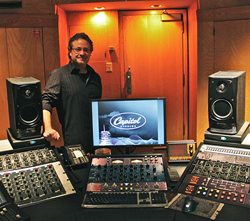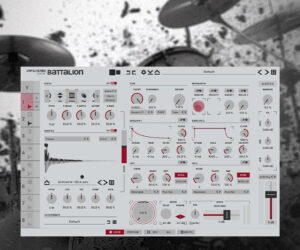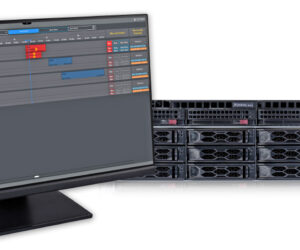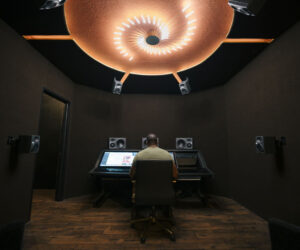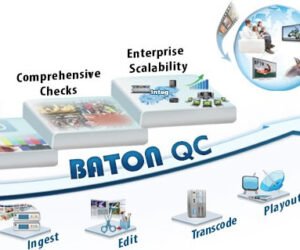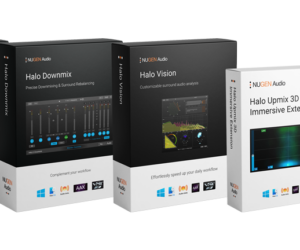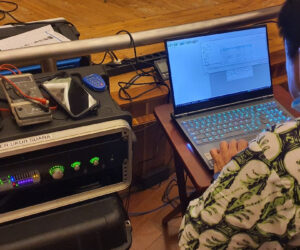When Capitol Records Mastering in Los Angeles decided to replace the old “disc cutting” consoles they began to try out several new transfer consoles.
At the top of their list was the Dangerous Music Master with its companion devices the Liaison and Monitor that combine to create a complete ‘mastering suite’.
After extensive testing and listening, Dangerous Music was the final choice. Once the new gear was purchased and up and running in mastering engineer Bob Vosgien’s studio, Capitol made plans to do a remodel to his mastering room as well.
Over the past 25 years of mastering, Vosgien has worked with top artists such as James Taylor, Bob Seger, Green Day, The Goo Goo Dolls, The Wallflowers, Selena Gomez, Bush, Chris Botti and No Doubt, among many others.
“The first piece of gear I was trying out was the Dangerous Monitor versus some other brands of monitor controllers,” explains Vosgien. “The sound of my mains improved so much using the Dangerous Monitor versus the monitor section in the console I was using previously, it prompted me to tell everyone that we need to really get started updating our gear.
“I began bugging everybody that I needed to ‘get some more Dangerous gear’ because if it’s anything like the Dangerous Monitor we’re really going to be moving forward!”
Vosgien adds, “I’ve been using the Dangerous Master, Monitor and Liaison for at least 6 months now, along with the Dangerous MQ for metering, a discontinued piece that Bob at Dangerous was kind enough to hook me up with.”
Vosgien had a very carefully thought-out plan to try the new prospective gear for his Capitol Mastering studio, starting with listening to projects he had already mastered in the past.
“I’d have something that I mastered with my old setup, and then I would master it again using the same settings but implementing the Dangerous gear,” explains Vosgien. “And then I’d master it again with another manufacturer’s gear in the signal path.
“We got some equipment from other manufacturers too, another American company and one from Europe to compare, and slowly when I had time, I would audition the products. I ended up choosing the Dangerous gear, for sound quality and the mil-spec wiring, and the high quality stepped attenuators – I decided Dangerous Music is the stuff I want to really move my studio forward.”
“You get to put the gear through its paces,” adds Vosgien, about his concept of using the gear on a real master project, he’s able to get a sense of, “the workability and the ergonomics” of each piece.
“I’ve been mastering for 25 years and I can be a little impatient,” he says. “I want to arrive at the sound in my head very fast. That’s probably why my workflow is still about 90-percent analog processing.
“I do use some plug-ins now and again but I find that I can get to where I want to go quicker with my choices of analog EQ and analog compression. And if the project doesn’t need any processing, I want to transfer it as flat as can be. If it sounds great: do no harm. And the Dangerous Music gear allows me to do that better, because it’s transparent, pure, and well-made.”
When evaluating the new combination of Dangerous Music gear, Vosgien did some critical listening to very specific elements within the music.
“There was an increase in the depth in the stereo field and more clarity,” says Vosgien about the Dangerous Music products. “We were listening to a really good sounding mix and I was focusing in on the reverb on the snare and the reverb on the vocal, the tail of it.
“With the Dangerous equipment all those things came out in spades. It was just like ‘Wow! We can really, really hear the reverb tail on that snare.’ Comparing that to the master I had done before not using the Dangerous gear, obviously it still sounded really good, but there was that ever-so-slight bit of smearing going on with my other setup, and things seemed slightly less separated and a little more glued together – more 2D as opposed to 3D.


